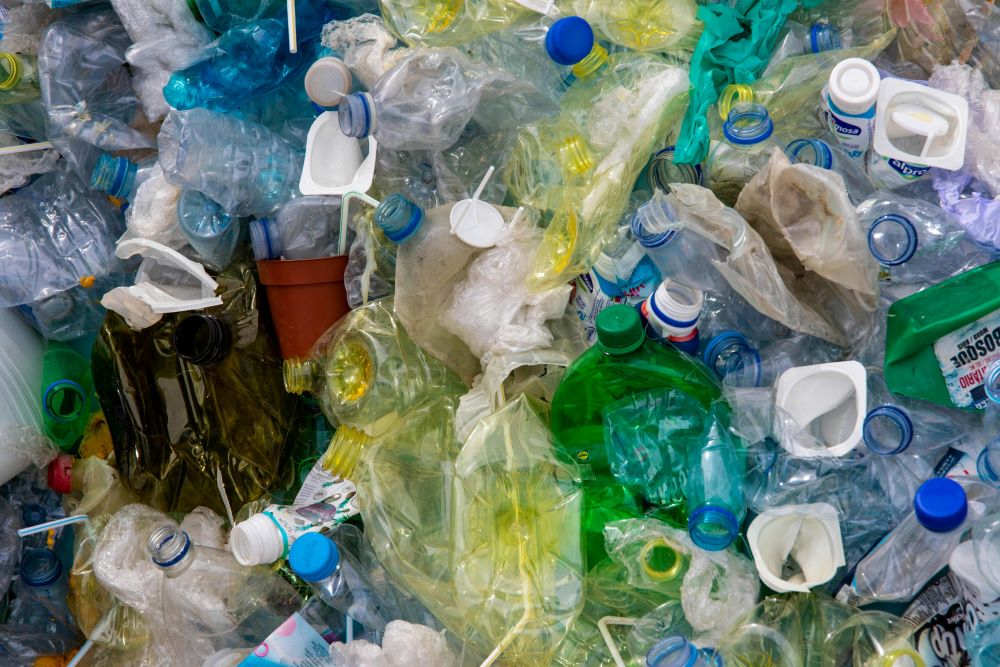On some level, most people understand that plastic is not healthy for the environment. What many people might not know, however, is that plastic can be just as harmful to humans as it is to the surrounding world. New research is highlighting that risk and showing just how dangerous it can be, specifically as it relates to heart health.
Renewed concern over what microplastics and nanoplastics might do to heart health comes from a study that was completed recently in Italy. That study utilized more than 250 participants who had gone through a surgery that was designed to clear blocked blood vessels in their necks. Once those surgeries were completed, the patients were tracked over time to evaluate their future health outcomes.
Among the 257 participants in the study, 150 had signs of plastics in the artery plaque that was removed from their neck. 107 patients did not have evidence of such plastics in their plaque. With those two groups identified, it was then seen three years later that the group with plastics in their plaque was far more likely to have experienced a heart health event. Specifically, 20% of the patients in the group with plastics present went on to have a heart attack, stroke, or died within three years. For the other group, that rate was only 8%.
When looking at those in the study who did show signs of the presence of plastics, it was more likely that they were men and smokers than the other group. While this study was a relatively small one in scope, its findings are interesting and cause for concern among some groups of at-risk patients. Not all experts in this field are convinced that the findings in the study will wind up bearing out over further examination, so more research is going to be required to see if there is anything to this potential link between tiny plastics and heart issues.

Microplastics and nanoplastics are so scary in part because they are virtually invisible. Humans can consume these plastics through eating and drinking, along with other forms of ingestion, without really knowing what is happening. That’s a concerning notion and it speaks to the need for humans to clean up the way plastic is used and how it permeates everything about the environment. If it does prove to be true that nanoplastics are leading to issues with heart disease, some type of solution is going to need to be developed for that health issue, although achieving such a resolution could prove to be challenging.
It seems unlikely that plastic is going anywhere anytime soon. With so much plastic already in use around the world, and more and more produced each day, this material is here with us for the long run. Finding better ways to manage the plastics we use is likely going to be key to keeping human health on track and avoiding the many negative impacts, including heart issues, that seem to stem from its use.
Sources:
Study questions plastic pollution’s effect on heart health
Landmark study links microplastics to serious health problems
Microplastics and Nanoplastics in Atheromas and Cardiovascular Events


Join the conversation!